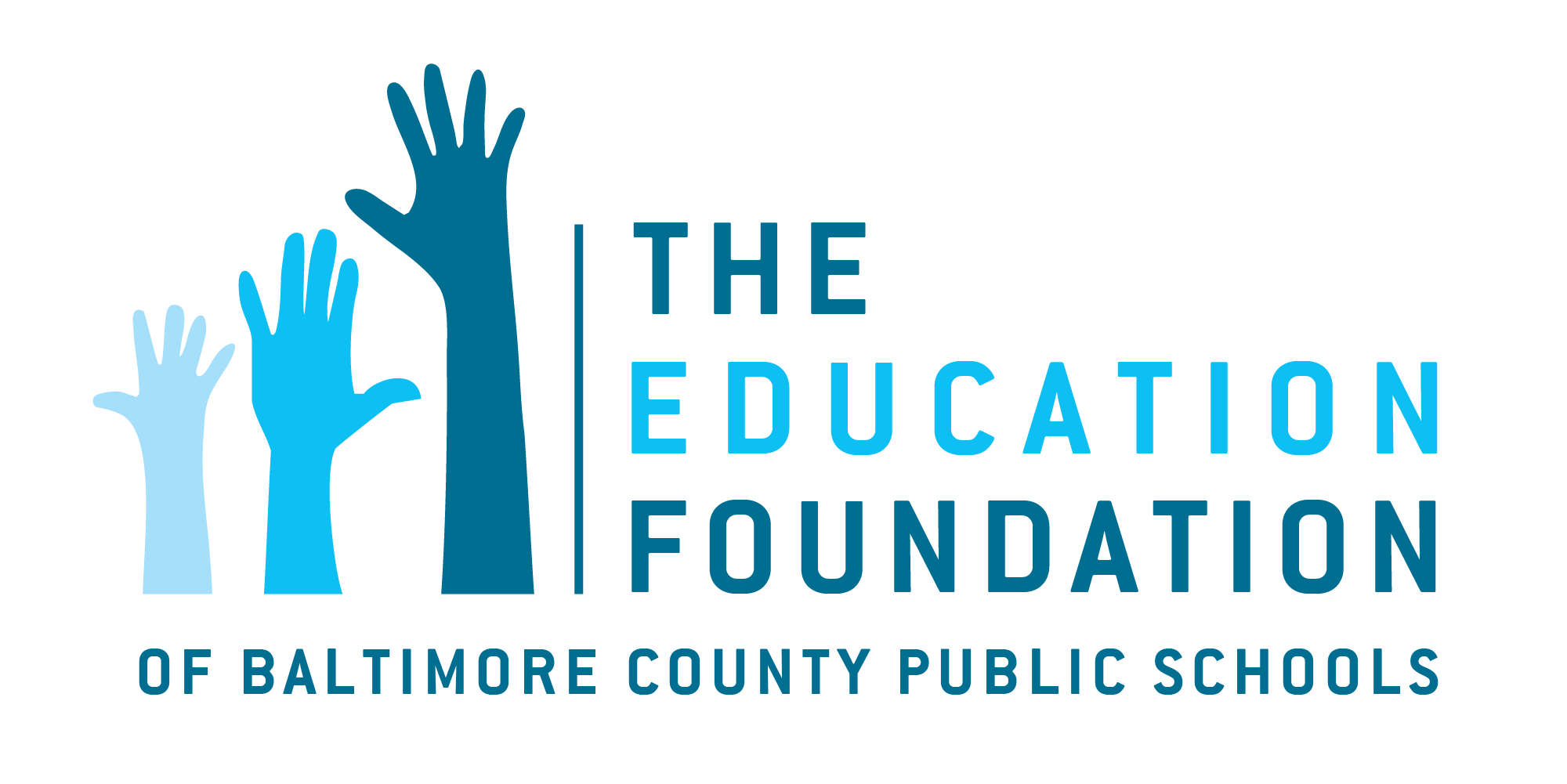BCPS, S.T.A.T. take center stage at FCC hearing on E-Rate funding increase
Educators including Superintendent Dance advocate for tech funds
The move to a digital curriculum in Baltimore County Public Schools took a prominent role today in testimony before the Federal Communication Commission as BCPS educators, including Superintendent Dr. S. Dallas Dance, advocated for additional E-Rate funding for schools and libraries to use to address technology needs.
And the testimony from Dr. Dance and Courtney Warlick of Hawthorne Elementary School must have helped – the commission voted 3-2 Thursday to make an additional $1.5 billion in E-Rate funding available to schools and libraries nationwide to pay for improvements, including fiber-optic lines, Wi-Fi access points, and the cost of internet service.
Dr. Dance thanked commission members for their vote and continued commitment to moving digital instruction forward.
“The FCC’s E-rate program has played a pivotal role in transforming connectivity in schools and libraries across the country, and I am seeing the continued impact of E-rate in Baltimore County,” Dance said. The commission’s vote “is a critical step to ensuring that the long-standing success of the E-rate program transforms into sustainable access to high-speed internet in the future, and the proposed funding cap increase is a bold, strong step in that direction.”
The Team BCPS delegation, which also included Jessica Whorton of Church Lane Elementary School, focused on the importance of E-Rate funding to projects like S.T.A.T. in Baltimore County schools. S.T.A.T., or Students and Teachers Accessing Tomorrow, is the transformation of classroom instruction in Baltimore County schools to incorporate 1:1 individualized digital learning to provide all students with skills needed for collegiate or workplace success.
“As I visit classrooms now,” Dance said, “I’m witnessing a breakthrough in student engagement and growth due to broadband connectivity. School campuses are becoming learner-centered environments, where students are required to take responsibility for their learning instead of passively taking in content.
“Strong progress for every school requires committed resources. For less than one penny per day, or the cost of a single cup of coffee per year, our country now has the opportunity to expand the infrastructure that allows educators to better respond to student needs, engage students with tools that are intuitive to them, and support every student’s growth,” Dance added. “It’s an investment in maximizing the potential of each of our learners, which will benefit generations to come. The success of our 110,000 students is depending on it.”
